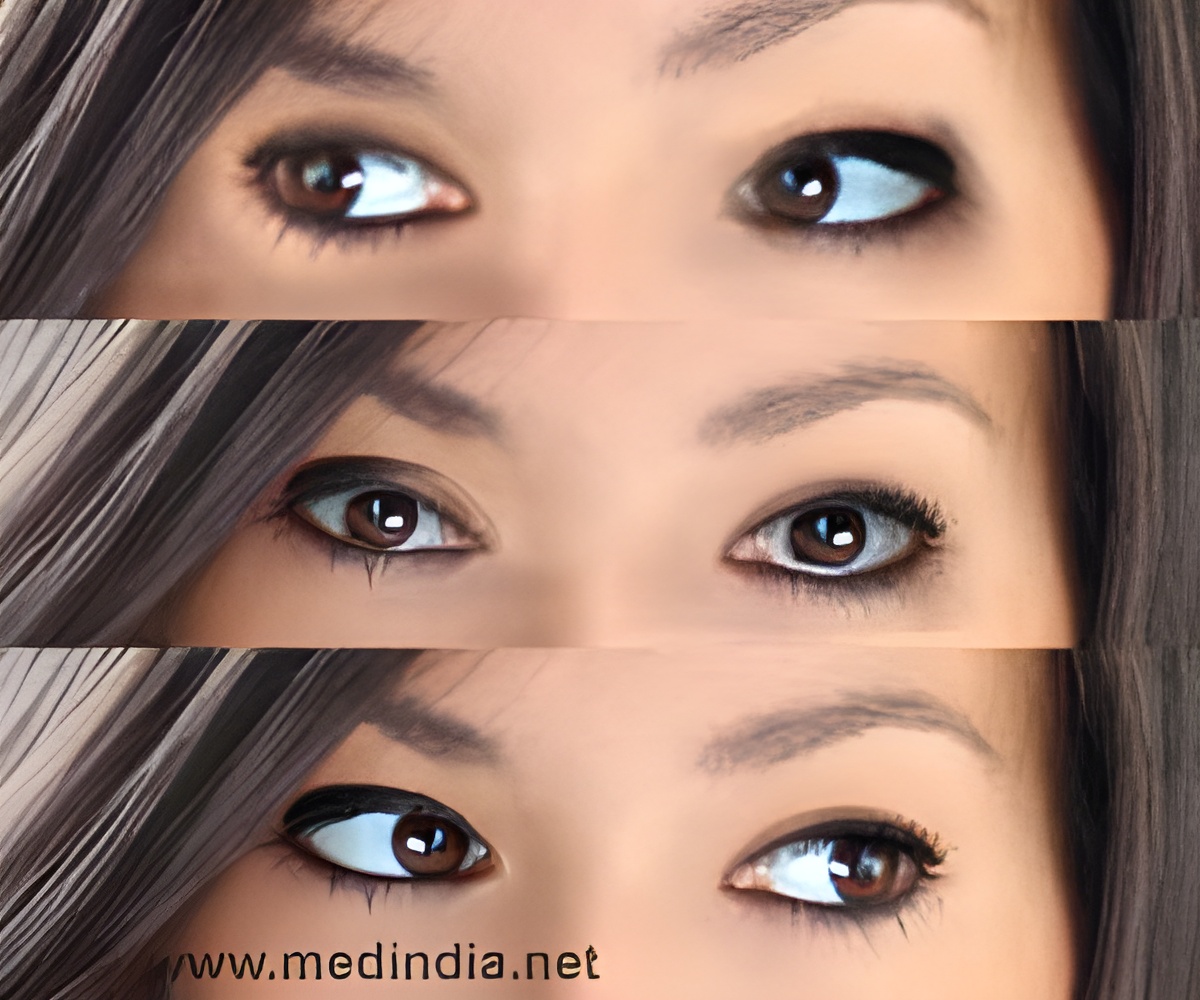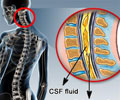A new low-cost method, which can detect neurological disorders by monitoring eye movements, has been developed by researchers.

Neurological conditions such as Attention Deficit Hyperactivity Disorder, Fetal Alcohol Spectrum Disorder and Parkinson’s disease involve impairment in ocular control and attention dysfunctions. It is therefore possible to identify these diseases by carefully watching how patients move their eyes while watching television programs.
According to the researchers, natural attention and the eye movements of the patients are akin to a drop of saliva. It contains a biometric signature of a person and can indicate the state of brain function.
The conventional methods of diagnosis for these diseases include clinical evaluation, neuroimaging and structured behavioural tasks. These diagnostic methods are costly, involve lot of labor and are heavily dependant on the patient’s ability to follow instructions.
On the other hand, this new method is a cost-effective screening tool that can be easily put to use in the young and the old alike. It has been designed by Po-He Tseng, a doctoral student, and Professor Laurent Itti of the Department of Computer Science at the USC Viterbi School of Engineering and their collaborators at Queen’s University, Canada.
During the study, participants were told to “watch and enjoy” television clips for a period of 20 minutes. During this time, their eye movements were recorded.
Eye movement data from about 108 subjects were retrieved which allowed the researchers to identify older adults suffering from Parkinson’s with 89.6 percent accuracy and those with ADHD or FASD with 77.3 percent accuracy.
This research work has been published in the Journal of Neurology.
Source-Medindia














